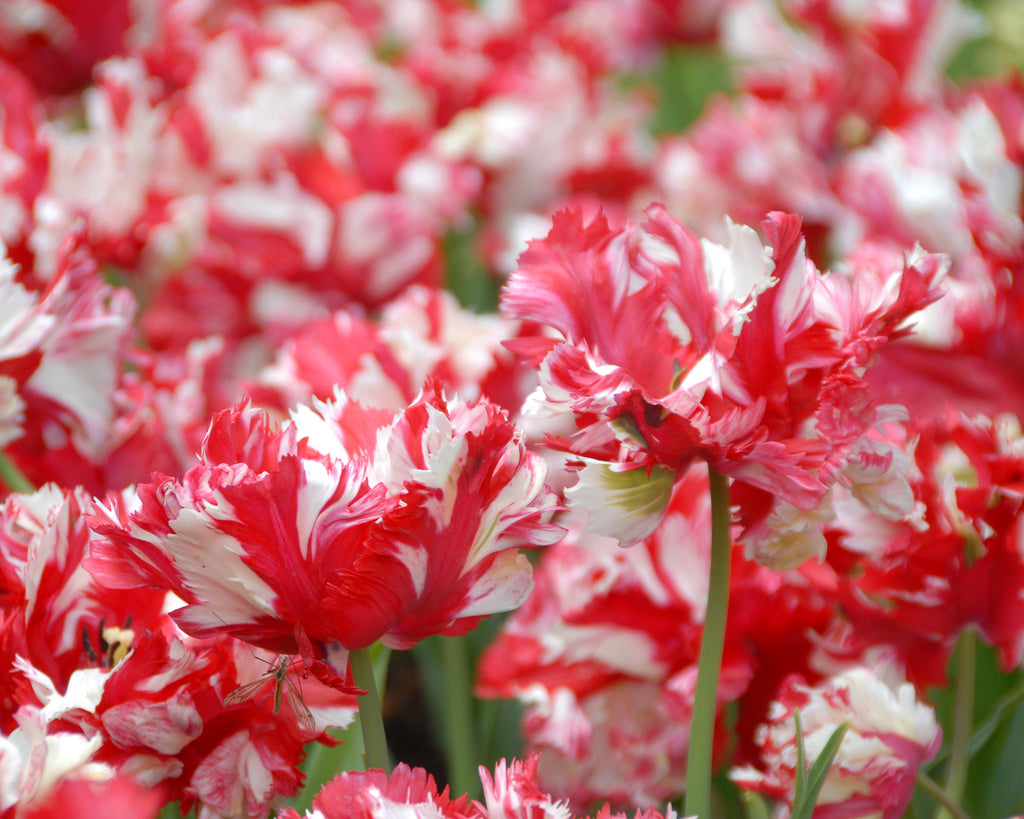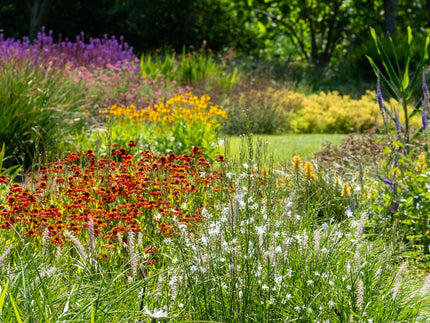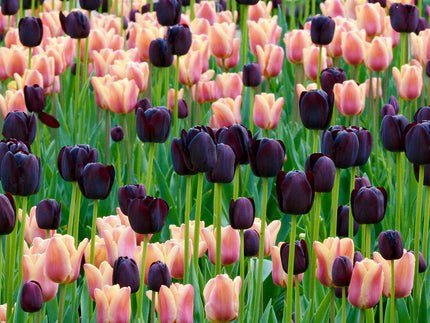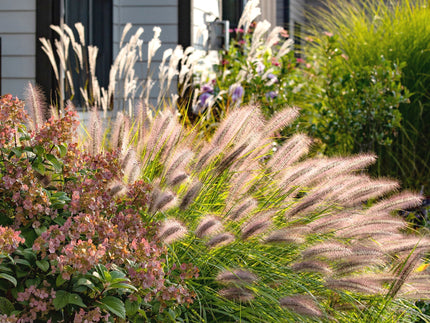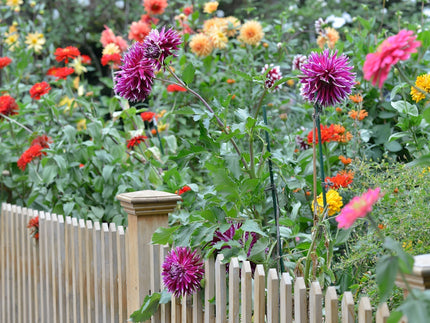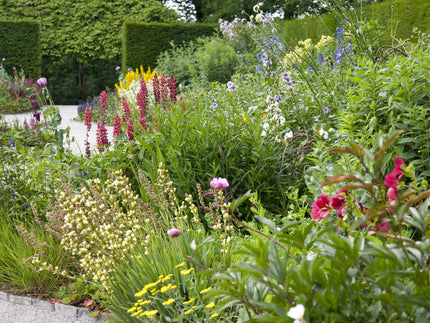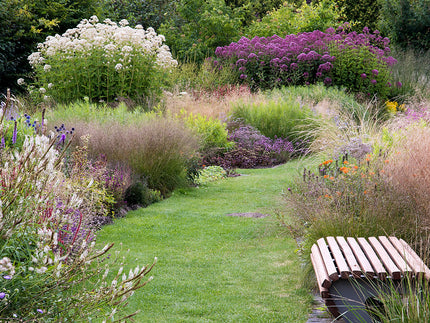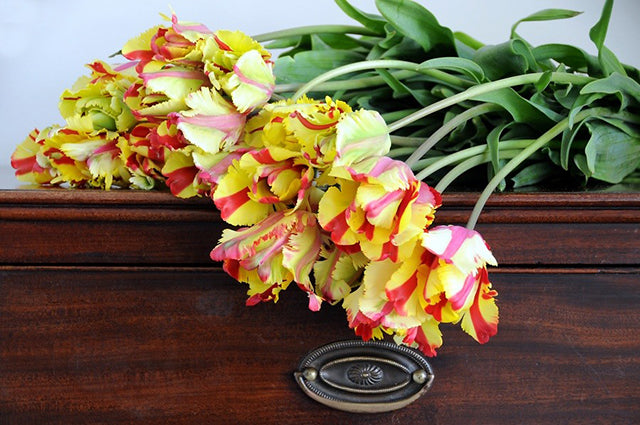
Tulip Mania, the “Bubble” Caused by the Love of Flowers
Today, Tulips are prized garden plants – and almost anyone can afford to have them in their gardens. That wasn’t always the case. Indeed, Tulips were once the status symbol coveted by the richest of the rich. Imagine a world where Tulips were worn as the transient jewellery of the wealthiest women; a world where a single bulb had the same value as a luxurious home. We explore the sad history of Tulip Mania – and its happy ending.
Rare and Precious Tulips
Although he would have been reluctant to take the credit (or the blame) for Tulip mania, the father of the craze was undoubtedly Carolus Clusius an avid botanist with a love for the rare and unusual. During the late 1500’s he planted his first Tulips in his private garden which featured a collection of fascinating plants.
The Tulip bulbs were originally from Central Asia, and had been sent to Clusius by Busbecq, an aristocrat who had served as an ambassador to the Sultan of Turkey. Here, he beheld wonderful flowers growing in the sultan’s gardens and obtained some bulbs. Eventually, the Tulip ended up with Clusius, and it was found that Dutch conditions suited these plants admirably.
The intense colour of the blooms excited much attention. Poor Clusius found that some of his precious plants had been stolen from his garden years before Tulip mania had even begun.
A “Magical” Phenomenon that was Really a Disease
Clusius was the first to notice “colour breaking.” Bulbs that had previously produced blooms of a single colour suddenly began to exhibit flames and feathers of other colours. But it was not until the 19th century that botanists realized that colour breaking was actually caused by a plant virus.
But back in the 17th century, people only knew that unique colours were coming from Tulip bulbs, and these diseased plants became even more popular than their healthy counterparts. At first, it was a matter for academic interest, but as word spread, the scholars and gentlemen who collected these unique plants began to be inundated with requests to purchase bulbs
Reluctant to part with their prized plants, these collectors were nonetheless not immune to the lure of money, and an affluent society eager for status symbols was willing to pay increasingly astronomical prices for rare and unusual flowers.
By 1623, the Dutch love of tulips had grown from a passion to an obsession. There are records of an offer for10 bulbs pegged at 12,000 guilders. In perspective, that would be the value of a smart town house. But this was not enough for the collector, who turned the offer down.
Investors with an Eye for Opportunity
Before long, the astronomical prices that were being paid for Tulip bulbs were noticed by investors and speculators. In a sense, it was a kind of futures market. All people received were the bulbs – to get the flowers, they would still have to grow the plants. But Tulip bulbs still became a form of currency. By 1633 people were happy to exchange houses for just a few very special bulbs.
With the potential for huge profits from a few bulbs, people began buying them – and selling them at very profitable prices. One bulb of Semper Augustus, the most prized cultivar at the time, sold for 10,000 guilders. To put this in perspective, this would have been enough to buy one of the smartest houses in Amsterdam.
Inflation, Supply, and Demand
By 1636, just about everybody in the Netherlands was indulging in the Tulip trade. Bulbs would change hands many times, each time fetching more than they had cost before. But February 1637 marked a turning point. Prices had become so inflated that nobody could afford Tulips, and even the most avid enthusiast was no longer willing to spend a small fortune on a few flower bulbs.
Prices plummeted even more swiftly than they had become inflated, and even the most prized varieties could suddenly only fetch a tenth of what they had cost before. Needless to say, this left many speculators in debt. The bitter aftertaste of this market collapse is reflected in Dutch art. Flower paintings, often featuring Tulips, had once been the stock-in-trade of many Dutch painters, but these all but disappeared from the scene until nearly a decade later.
A Happy Ending
The Dutch love of flowers, and the Tulip in particular, has a happy ending. Despite the drama that surrounded the rise and fall of Tulip mania, the Dutch continued to grow and breed Tulips. Today, the country produces most of the world’s flower bulbs, and Tulips are the basis of a huge industry that supports livelihoods.
Gardeners all over the world grow Tulip bulbs from the Netherlands. And although prices have fallen so that even the most ordinary home gardener can aspire to a colourful spring Tulip display, it’s still a major money-spinner from the country that almost ruined itself for the love of flowers.
As for you, you get a happy ending too. You can grow extraordinary flowers at ordinary prices, and you’ll find the best of the best Dutch Tulips (without the colour breaking virus) right here on our shop. Why not take a look?
Some Tulip Classics You Should Have
Highlight the dramatic blooms of these classic tulips by planting them with complementary-coloured anemones or crocuses. They’ll stand out beautifully, adding a touch of historic style to your garden.

|
Tulip Holland Queen |
 |
Tulip Carnaval de Rio |
 |
Tulip Pretty Princess |
 |
Tulip Rem's Favourite |
 |
Tulip Estella Rijnveld |



























































































































































































































